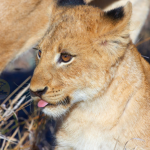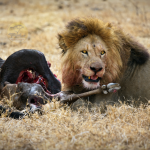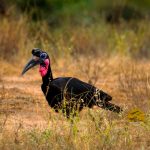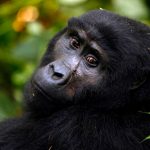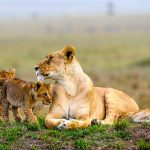How Long Do Rhinos Live: Lifespan of a Rhino
How Long Do Rhinos Live; The Rhino species also belongs to grand and strong land animals. With skin as tough as armor and striking horns, rhinos are among the most commanding attention in the animal kingdom; they play a vital link in biodiversity. But how long does this iconic animal really live? In this blog, we will take a closer look at the life span of rhinos, factors affecting their longevity, and the efforts taken to help them thrive for generations.
Rhino Life Expectancy Across Species
There exist five major species of rhinos that include the White Rhino, Black Rhino, Indian Rhino, Javan Rhino, and Sumatran Rhino. As far as size, diet, and natural habitats are concerned, there might be minor differences in lifespan among species.
1. White Rhino
Average Lifespan: 40-50 years in the wild; up to 50-55 years in captivity
White rhinos, being the largest of the five species, have tended to thrive rather nicely in the grasslands of southern Africa, having fewer natural predators; they can often make it several decades in the wild. Captive rhinos, enjoying medical care and regular food, could conceivably extend their lives as long as 5 to 10 years.
2. Black Rhino.
Average Lifespan: 35-50 years in the wild; up to 45-55 years in captivity
Black rhinos, native to Africa, are a little smaller than their white cousins and tend to be more solitary. Subjected to higher environmental stresses and predations, their life in the wild is somewhat shorter. Mostly in protected regimes, such as in reserves or sanctuaries, do they reach full life expectancies.
3. Indian Rhino
Average Lifespan: 35-45 years in the wild; 45-50 years in captivity
Indian rhinos have only been found in India and Nepal, and they have been the only species with a single horn. Normally, they are grazers, taking their feed from grasslands and marshes. In India and Nepal, conservation has allowed the Indian rhinos to live longer in protected habitats and reserves.
4. Javan Rhino
Average Lifespan: 30-40 years in the wild; 30-40 years in captivity
With less than 80 individuals remaining, the Javan rhino represents one of the rarest mammals on Earth. Most of the Javan rhinos remain in just one Indonesian national park, and their number is under tremendous effort by conservationists. On the other hand, their isolated location and the lack of genetic diversity can affect their life cycle.
5. Sumatran Rhino
Average Lifespan: About 30-40 years in the wild; about 40-45 years in captivity
They are the smallest, and the only Asian species with two horns, living in dense tropical forests of Sumatra and Borneo. Due to habitat loss and poaching, the numbers have dramatically gone down, thereby reducing more ample opportunities for extensive studies about their lifespan.
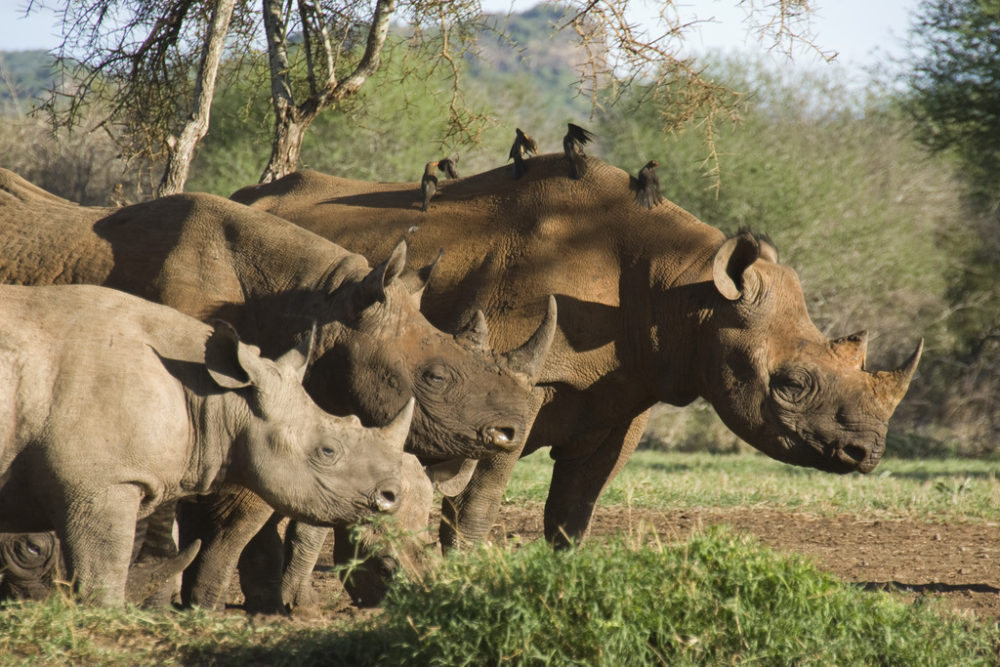
Factors Affecting Rhino Life Span.
Several elements determine the life span of a rhino, which includes diet, habitat, human interaction, and genetics.
Diet and Nutrition.
Specific dietary needs, rhinos are herbivorous. White and Indian rhinos generally are grazers, while the black and Sumatran rhinos are browsers. A constant and nutritious diet will definitely provide better health, less disease, and therefore a longer life.
Natural Habitats.
Wild rhinos fit best in their natural habitats. However, habitat loss due to human activities of agricultural purposes, mining, and extending into more rural areas reduces the adequate supply of food and healthy living conditions of the rhinos, consequently affecting the life span.
Poaching and Human Interference.
The leading cause of death in rhinos remains poaching. Due to the demand for horns in traditional medicine markets, it lowers the population of this species despite conservation efforts. Anti-poaching programs and secure reserves have been major players in increasing their life span because these animals can stay longer without being illegally killed.
Control in Captivity and Conservation.
Rhinos that are kept in captivity, either in zoos or reserves, enjoy controlled environments with steady food sources and veterinary intervention. Life expectancy for such a controlled environment may reach 5-10 years longer than that of their wild fellows, especially in the case of the white and Indian rhinos.
Health and Diseases.
Rhino species are normally strong but experience their share of diseases. Infections, parasites, and zoonotic diseases-those that can jump from animals to humans and vice versa-can be potential serious health risks for the rhino species. Regular health monitoring is very critical, especially among captive rhinos.
Genetics and Reproduction.
Small populations may limit the genetic longevity. Inbreeding in small populations often results in genetic weaknesses, hence reducing the health status of rhinos and, consequently, their life expectancy. Through relocation of rhinos to different populations, conservationists work to maintain genetic diversity as a means of ensuring healthy breeding.

Conservation Efforts and Their Impact on Rhino Lifespan
Conservation is important to help these animals live longer and healthier lives, now that there are only about 27,000 remaining in the wild. Each of their respective conservation groups has established anti-poaching units, sanctuaries for rhinos, and even genetic breeding programs.
Sanctuaries/Protected Reserves: Translocating the rhinos to safety where there is plenty of food and water will help increase the life spans of the animals; The reserves will offer better security for the rhinos against poachers and natural predators, enabling them to live longer and more stable lives.
Anti-poaching patrols: The rhino protection involves direct engagement between the local communities, governments, and organizations in charge of wild life to safeguard them from poaching; Advanced technologies involving drones, motion sensor cameras, and DNA tracking have enhanced the security of the rhinos, which can be increased in natural environments.
Community involvement: Communities in whose vicinity the natural habitats of rhinos lie, are important in its conservation. It was only when communities were effectively involved with eco-tourism and provided with education that gained them local support for the conservationists and they were able to save rhinos from poaching and from losing its natural habitat.
Why Rhino Longevity Matters to Biodiversity.
Rhinos are not only magnificent in their appearance but also a keystone species, which are ones that determine, to a great extent, what form the ecosystem will take. Their grazing and browsing activities regulate vegetation and provide a habitat for other animals and plant life. A longer life of the rhinos would thus mean a healthier ecosystem with much diversity that is beneficial to both wildlife and humans.

Our Remarkable Safaris to See Rhinos in Africa.
22 Days Best of Uganda Wilderness Adventure
18 Day Exploring Uganda Safari
15 Day Gorillas-Chimps and Big Five Safari
14 Days Uganda and Kenya Wildlife Safari
14 Day Uganda-Rwanda Wildlife and Primates Safari
10 Day Highlights of Uganda Safari
9 Day Kenya Wild Safari Adventure
8 Day Gorillas-Chimps and Big Five Experience
8 Day Best of Tanzania Wildlife Safari
7 Day Kenya Wildlife Safari Tour
3 Day Best of Akagera National Park
3 Day Ngorongoro Magical Adventure
Remarks on the Lifespan of a Rhino.
Rhinos are great beasts, with life spans of 30-55 years dependent upon a species’ environment. Such longevity could be an effect of conservation efforts that seem to protect not only the rhinos but entire ecosystems. Continued efforts by governments, conservationists, and communities will be required to make sure rhinos live long, healthy lives; We must believe that someday in the future, with continued commitment and care, people will be able to see these wonderful creatures thrive in the wild and live to their fullest potential.




